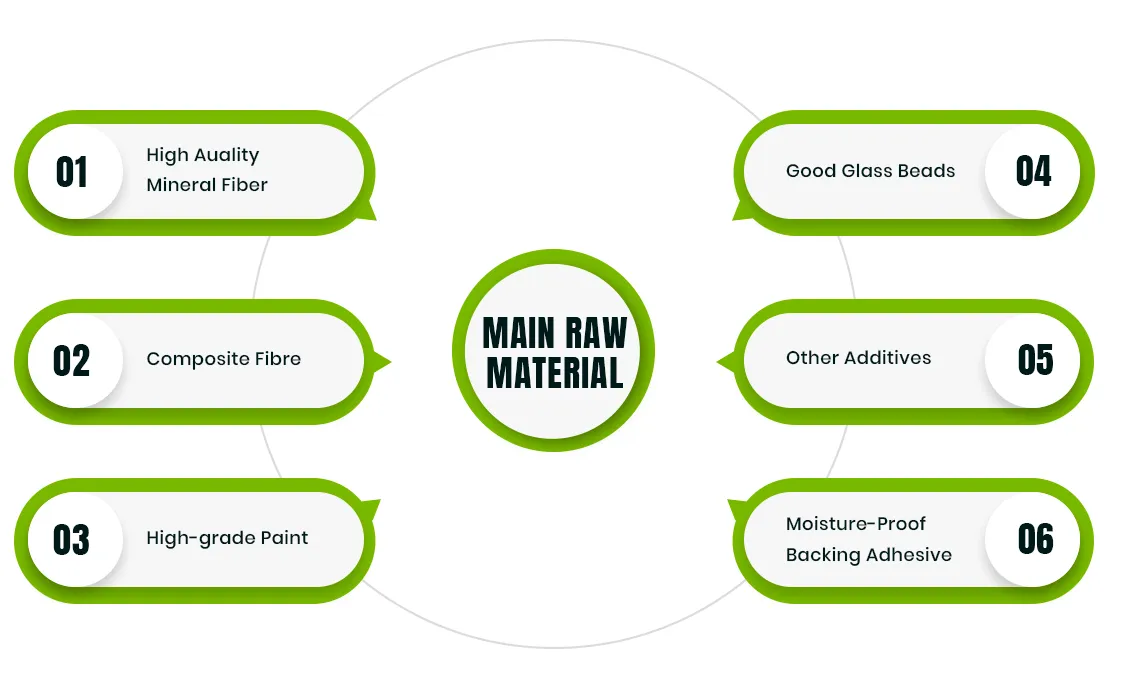- Afrikaans
- Albanian
- Amharic
- Arabic
- Armenian
- Azerbaijani
- Basque
- Belarusian
- Bengali
- Bosnian
- Bulgarian
- Catalan
- Cebuano
- Corsican
- Croatian
- Czech
- Danish
- Dutch
- English
- Esperanto
- Estonian
- French
- German
- Greek
- Hindi
- Indonesian
- irish
- Italian
- Japanese
- Korean
- Lao
- Malay
- Myanmar
- Norwegian
- Norwegian
- Polish
- Portuguese
- Romanian
- Russian
- Serbian
- Spanish
- Swedish
- Thai
- Turkish
- Ukrainian
- Uzbek
- Vietnamese
sep . 27, 2024 21:50 Back to list
Ceiling Access Panel Solutions for Safe and Efficient Maintenance Access
Understanding Ceiling Access Covers Essential Components for Building Maintenance
In modern architectural design, ceilings are more than just the overhead surface of a room; they play a crucial role in aesthetics, lighting, insulation, and access to essential utilities. One often-overlooked aspect of ceiling design is the ceiling access cover, an important fixture that ensures maintenance can be carried out efficiently and safely. This article delves into the importance, types, and applications of ceiling access covers.
What Is a Ceiling Access Cover?
A ceiling access cover is a removable panel installed within a ceiling to provide access to the areas above for maintenance, inspection, and repairs. These areas may include plumbing, electrical conduits, HVAC systems, or even structural components. The design of access covers varies widely to meet the requirements of different building styles and uses, but they all share the same primary function facilitating access while maintaining the ceiling's integrity and aesthetic appeal.
Importance of Ceiling Access Covers
1. Maintenance and Repair In commercial and residential buildings, regular maintenance of systems hidden in the ceiling space is crucial. Access covers allow technicians to reach HVAC units, wiring, and plumbing systems without damaging the surrounding structure. By having designated access points, property owners can ensure that maintenance tasks are performed efficiently, helping to avoid costly repairs caused by overlooked issues.
2. Safety Safety is a paramount concern in building design. Ceiling access covers enhance safety by providing a controlled point of entry into potentially hazardous areas. Whether it’s electrical connections or ventilation ducts, having safe access can reduce the chances of accidents and injuries occurring during maintenance operations.
3. Aesthetic Integrity A well-designed access cover blends seamlessly with the surrounding ceiling. This is especially important in spaces where aesthetics matter, such as commercial establishments and high-end residential homes. Manufacturers offer a variety of materials, finishes, and designs, ensuring that access points do not detract from the overall visual appeal of the interior.
4. Building Codes and Compliance Many jurisdictions require ceiling access covers to meet specific building codes. These codes mandate safe access for maintenance personnel and ensure that vital systems are readily accessible in case of emergencies. Compliance not only protects occupants but also safeguards property owners from potential legal liabilities.
Types of Ceiling Access Covers
Ceiling access covers come in various forms to suit different applications
. Here are some common types1. Hinged Access Panels These panels are typically secured with hinges, allowing them to open fully for easy access to the ceiling space. They are best suited for larger openings and can be locked to prevent unauthorized access.
ceiling access cover

2. Removable Access Panels Unlike hinged panels, these covers can be completely detached from the ceiling. They are often held in place with screws or clips and can be easily taken off when needed, making them suitable for quick access situations.
3. Fire-Rated Access Panels In buildings where fire safety is a concern, fire-rated access panels made from non-combustible materials are essential. These panels help contain fires and comply with fire safety regulations.
4. Acoustic Access Panels For environments where sound control is critical, acoustic access panels are designed to absorb sound and minimize noise transfer. They are often used in offices, auditoriums, and other spaces where acoustics are important.
Applications of Ceiling Access Covers
Ceiling access covers are found in a multitude of settings
- Commercial Buildings In offices and retail spaces, access covers facilitate maintenance of HVAC systems and electrical wiring, ensuring a comfortable and safe environment for employees and customers.
- Residential Spaces Homeowners may require access covers for attics, utility areas, or for closed ceilings housing plumbing and wiring.
- Healthcare Facilities In hospitals and clinics, access covers are crucial for the upkeep of various utilities while adhering to stringent safety regulations.
- Educational Institutions Schools and universities utilize access covers to provide easy maintenance access without disrupting the learning environment.
Conclusion
Ceiling access covers are an integral aspect of building design and maintenance, providing essential access while contributing to the safety and aesthetics of a space. As buildings become more complex with advanced technologies, the need for effective and efficient access solutions will continue to grow. By understanding the significance of these covers, property owners, architects, and facility managers can better design and maintain functional, safe spaces for all users.
-
Transform Interiors with PVC Gypsum Ceiling: A Stylish, Durable, and Moisture-Resistant SolutionNewsMay.19,2025
-
The Smart Interior Upgrade: Discover the Durability and Versatility of Gypsum Ceiling Access Panel SolutionsNewsMay.19,2025
-
The Smart Choice for Interior Design: Discover the Value of PVC Gypsum Ceiling SolutionsNewsMay.19,2025
-
Mineral Fiber Ceiling Tiles: The Smart Blend of Performance and AestheticsNewsMay.19,2025
-
Mineral Fiber Ceiling Tiles: The Superior Choice Over Gypsum for Sound and Fire SafetyNewsMay.19,2025
-
Mineral Fiber Ceiling Tiles: Eco-Friendly Strength and Style for Every CeilingNewsMay.19,2025







